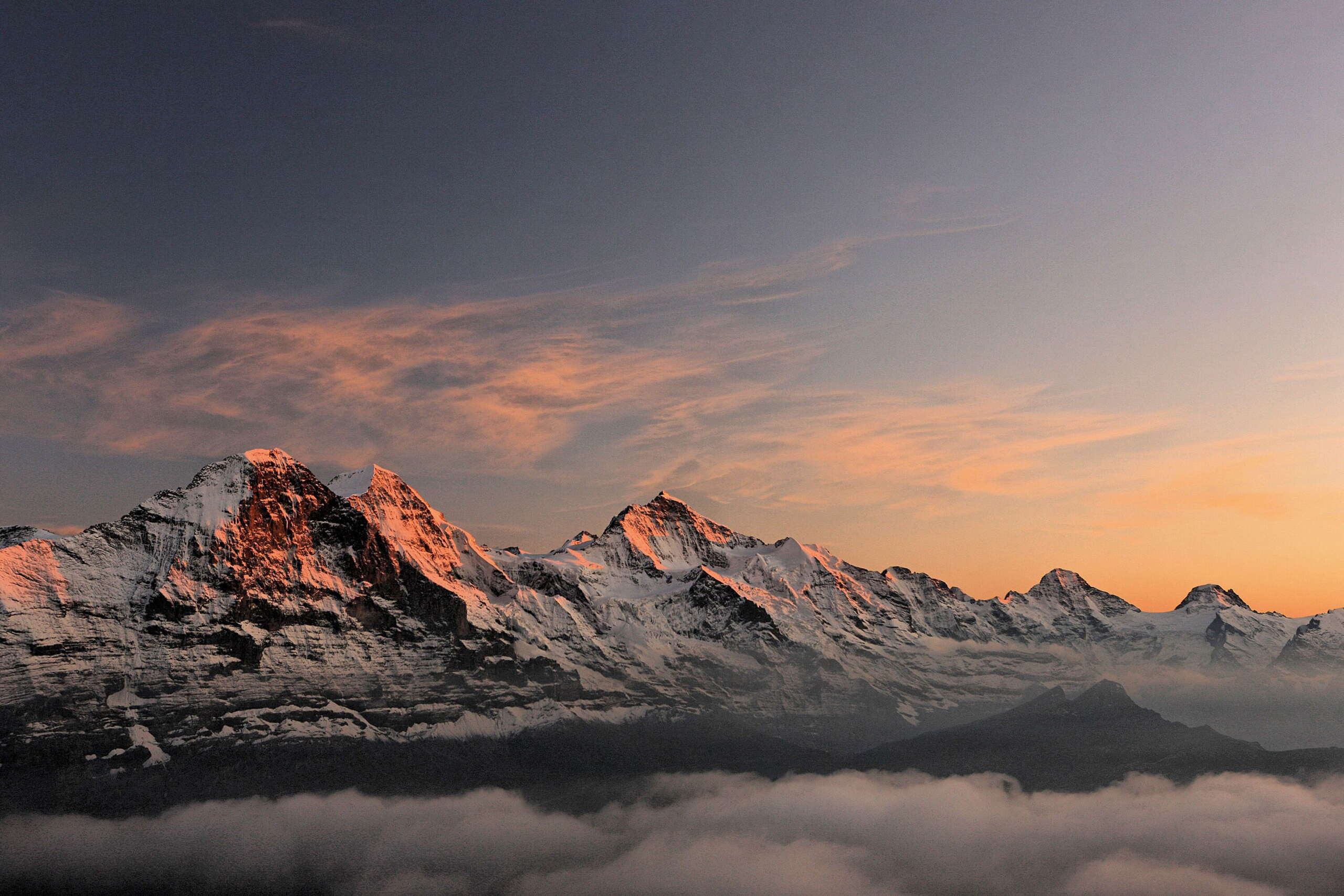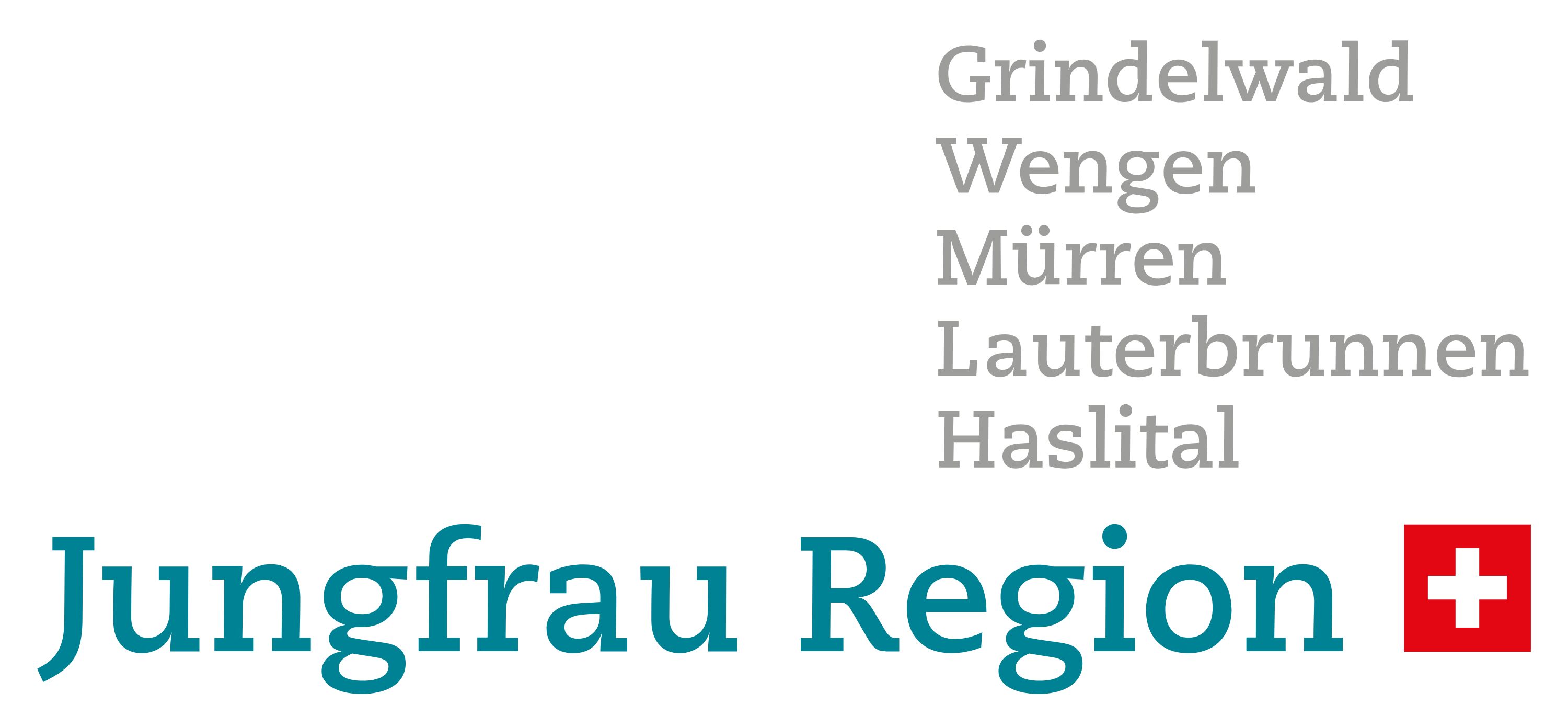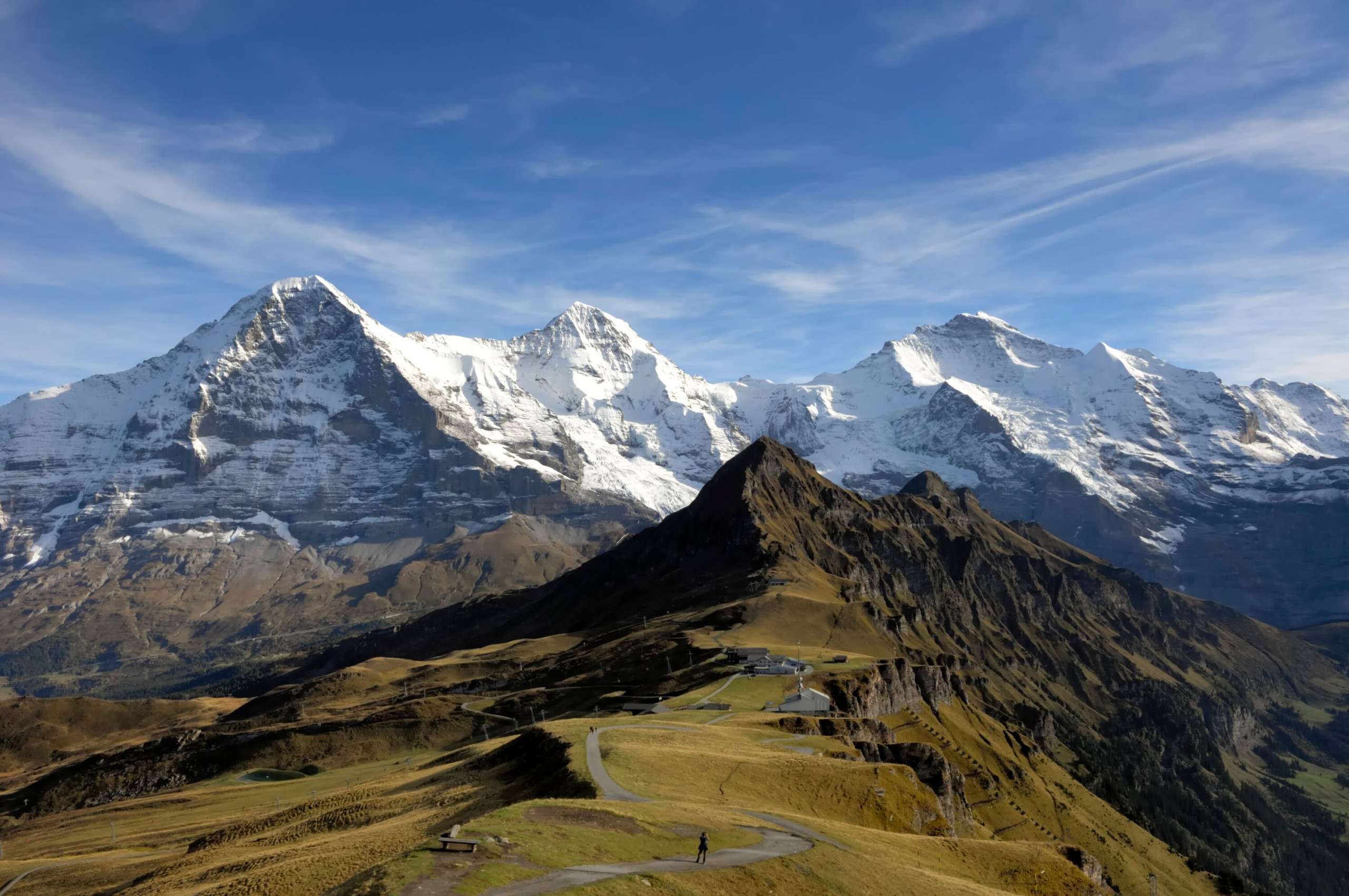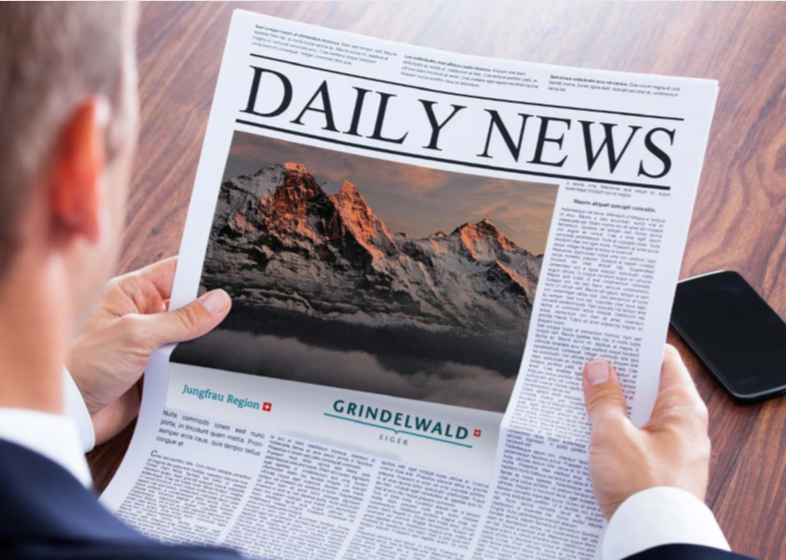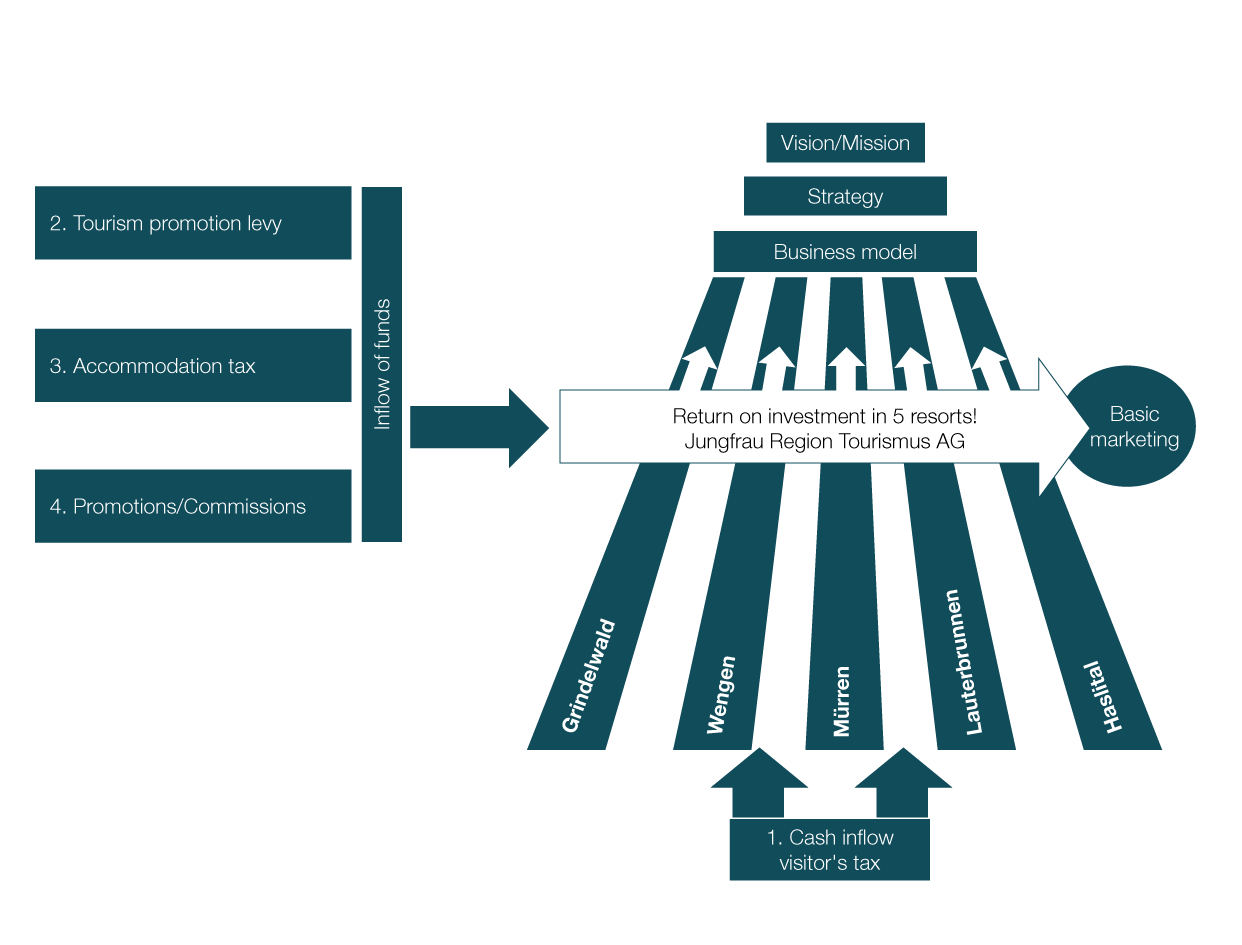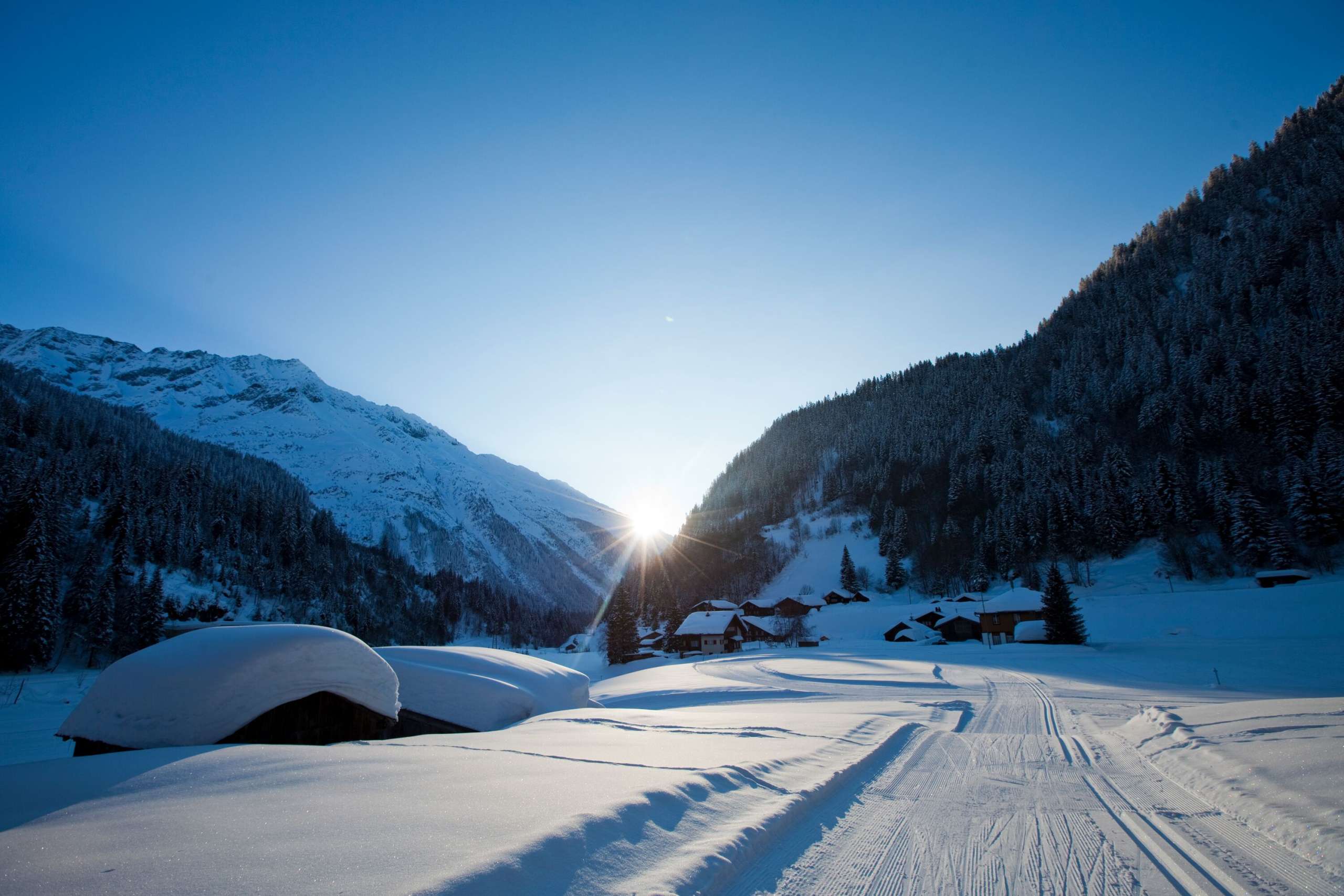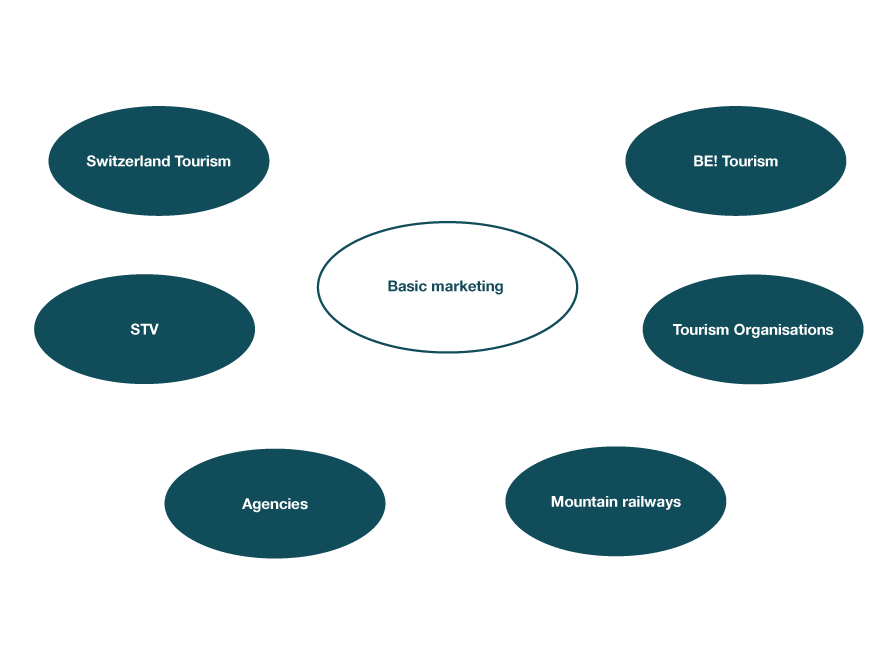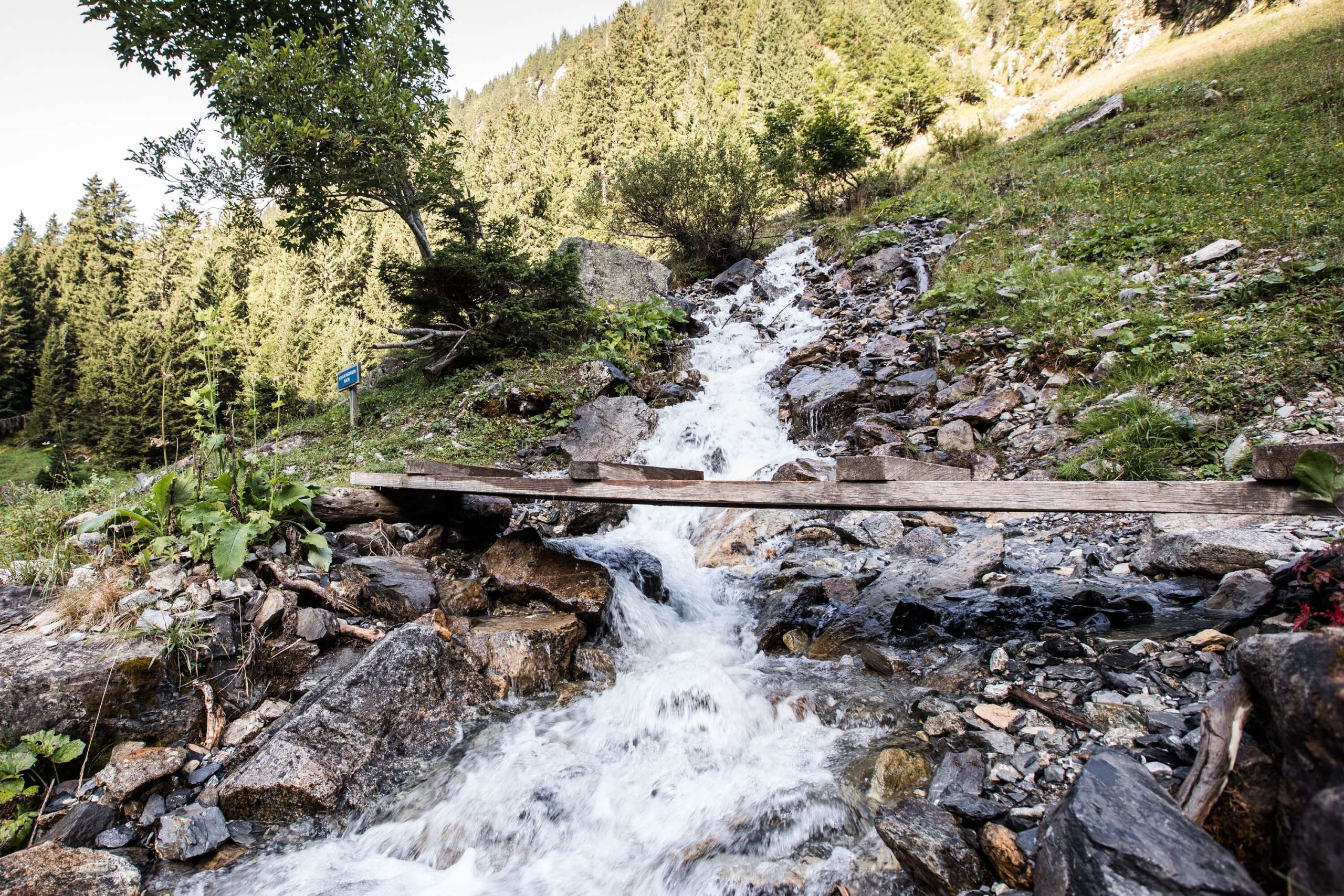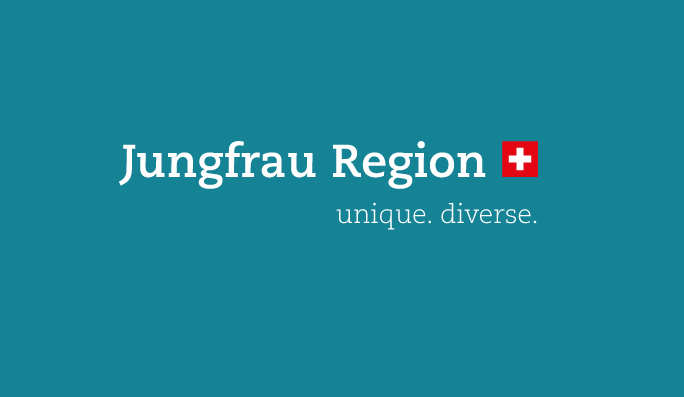Facts and figures
- Share capital: CHF 600,000
- Employees: 70
- Annual budget: approx. CHF 8.8 million
- Registered office: Interlaken
- Branch offices: Grindelwald, Wengen, Mürren, Lauterbrunnen, Meiringen and Hasliberg
Details Haslital Tourismus
Our history
Jungfrau Region Marketing AG (JRM) was founded in 2008 as a pure marketing organisation for the four tourist resorts of Grindelwald, Wengen, Lauterbrunnen and Mürren with an umbrella brand strategy. Four years later, this strategy was completely revised and transformed into a multi-brand strategy. At the same time, the Tourism Development Ordinance of the Canton of Bern was revised. As a result, the number of recognised destinations was reduced from nine to six.
The journey from JRM AG to JRT AG
Jungfrau Region Marketing AG and Haslital Tourism subsequently launched the Destination Management Organisation (DMO) project. The concept developed is based on the Jungfrau Region's multi-brand system and a fully integrated management model, whereby each managed brand has its own resort management.
The JRM was developed from a marketing organisation into a DMO, which began with the change of name to Jungfrau Region Tourismus AG (JRT AG) in June 2015. JRT AG manages the operational implementation of all tourism-related activities in the destination, with the exception of the health resort facilities and events. Basic marketing, sales and central services are managed centrally in Interlaken by a board of directors and an executive board consisting of the five shareholders (Grindelwald, Wengen, Lauterbrunnen, Mürren and Haslital). Brand marketing, product management and guest relations are handled locally by the local resort management.
The original structures, which have been repeatedly adapted to changes, are still in place today and the company celebrates its 10th anniversary in 2025.
A total of around 70 people work at the various locations in different professions and fields of work. From ice master to finance employee, everything is represented. Furthermore, we train an average of four apprentices in the commercial field at the same time, who complete their training in different departments at different locations.
Brands
Leveraging common ground – living by our values
The various place names (resort brands) have been active on the international markets for many years – and are therefore known beyond Switzerland. Together with partners in the region, a great deal has been invested to make the existing brands world-famous. For this reason, the strategy is based on a market development in which the five most important resorts in the Jungfrau Region are given a clear market task (Unique Business Mission). There is no ‘umbrella brand strategy’, but the joint market development and its focus topics are fed ‘bottom-up’ by the strategic positioning of the five shareholders and is lived as an ‘endorser’ strategy in the sense of a multi-brand system. Grindelwald, Wengen, Mürren, Lauterbrunnen and Haslital share common characteristics and values (mountains, emotions, sports and leisure activities), but at the same time they offer different products, have different ‘brand’ personalities and philosophies.
A budget for each brand
Therefore, the five brands of Grindelwald, Wengen, Mürren, Lauterbrunnen and Haslital, which have developed into established brands over 100 years of tourism history, will continue to exist behind the Jungfrau Region orientation brand and will be used in market development with clear tasks and corresponding success positions. The aim of this strategy is to build strong brands and to reinforce their personality through the competence of the Jungfrau Region base brand. This also means that each brand mentioned has its own brand budget. This budget is available to the resort manager to strengthen and sharpen the brand within the framework of the developed positioning and the guidelines of the Jungfrau Region.
Where our finances come from
Tourism promotion fees (Tourismusförderungsabgaben – TFA), accommodation fees (Beherbergungsabgaben – BA) and marketing and sales revenue (promotions/commissions) are used to fund core marketing activities, cooperative marketing, sales and central services.
Tourist taxes and other income from the local tourism organisations are used to fund information centres, product management and the infrastructure of the tourist resort where they are collected.
Jungfrau Region Tourismus AG allocates any surplus income from the TFA, BA and marketing and sales income to local brand marketing (less the expenses for core marketing activities, cooperative marketing, sales and a percentage of central services costs).
The four pillars of our core marketing strategy
Continuous digital development
Online presence – shop solution – internal training – training of service providers
Classic promotions
Brand campaigns – promotional films – brochures – trade fair appearances – special offers
Key media management
Media exchanges – press trips – storytelling – content management
Key account management
Study trips – acquisition of tour operators
A network of partnerships
We carry out long-distance market development in close cooperation with the Interlaken tourism organisation and Jungfrau Railways. In addition, we use existing marketing resources with permission from the central service providers and accommodation providers. Local market representatives are supported through supplementary marketing campaigns as part of key partnerships with Switzerland Tourism. The European markets, on the other hand, are served by Made in Bern AG’s market development activities and/or by in-house market representatives.
Our positioning
According to the multi-brand strategy, each brand, including Jungfrau Region Tourismus AG, has its own positioning, which is intended to emphasise the characteristics and values of the brand in question.
The cross-regional positioning changes constantly, but the five resorts each have a clear, fixed positioning.
Various business areas
The business areas and thematic areas of the Jungfrau Region are based on its natural features as a destination and the services and attractions it has to offer. The structure of the business areas reflects the DMO strategy. The destination manages five business areas, which are divided into 13 themed areas. Firstly, a distinction is made between direct customers (B2C) and indirect customers (B2B). The five brands operate within these areas and themes as holiday resorts with clearly defined positioning. In the B2C area, there are three business areas and seven themes. In the B2B area, there are two business areas and six themes. Corporate solutions are packages that the Jungfrau Region develops itself. Travel trade solutions include packages organised by third parties.
Extranet
Are you looking for the relevant regulations that affect our business? How did we perform in the past financial year and what successes or challenges did we face? If you are interested in getting to know us better and benefiting from the advantages of membership, you are welcome to find out more here.


